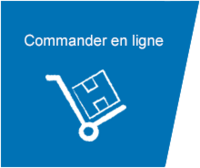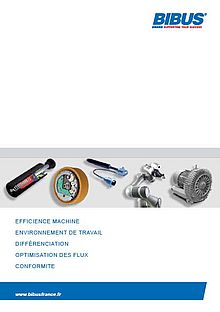Origins of Flashcode

The linear barcodes that we have known for more than fifty years are doomed to disappear.
More and more obsolete, new consumer uses and new regulations replace them in favor of Flashcodes.
Do you know the origins of Flashcode?
This small square filled with black and white dots is now everywhere: in advertisements, on business cards, on supermarket products, etc. But did you know that the history of Flashcode dates back to the 90s, when a Japanese engineer had the idea of creating a two-dimensional barcode to store more information?
The engineer in question is called Masahiro Hara and he worked at Denso Wave, a Toyota subsidiary specializing in #traceability systems. In the 90s, barcodes were widely used to identify products, but their limited size did not store enough information to meet the growing need for traceability in industry.
It was then that Masahiro Hara had the idea of creating a two-dimensional barcode, which would store much more data than a simple linear barcode. He was inspired by the game of go, a Chinese board game, to create a square filled with small black and white squares. This square was then divided into zones, each storing part of the information.
But Masahiro Hara soon ran into a problem: the cameras used to scan the barcodes had trouble reading the squares filled with black and white dots. To solve this problem, he added three small squares in the corners of the main square, creating a distinctive sign that allowed the cameras to recognize the code.
The first Flashcode was created in 1994, but it took several years for this technology to spread outside of Japan and become popular around the world.
Today, Flashcodes are used in many fields. They make it possible to store information such as web addresses, telephone numbers, GPS coordinates, product information, and to perform better tracking, particularly in the event of a health risk, etc.
They have also helped bring the world together by allowing users to scan codes in a foreign language to access information online.
By 2027, the time for manufacturers to adapt materially, QR codes will be an obligation and will integrate information throughout the life of the product, from producer to consumer.
''Partner Omron'' solution & 'GS1' member, BIBUS France is very present in this field of application by offering linear and two-dimensional barcode verifiers.
Contact us























